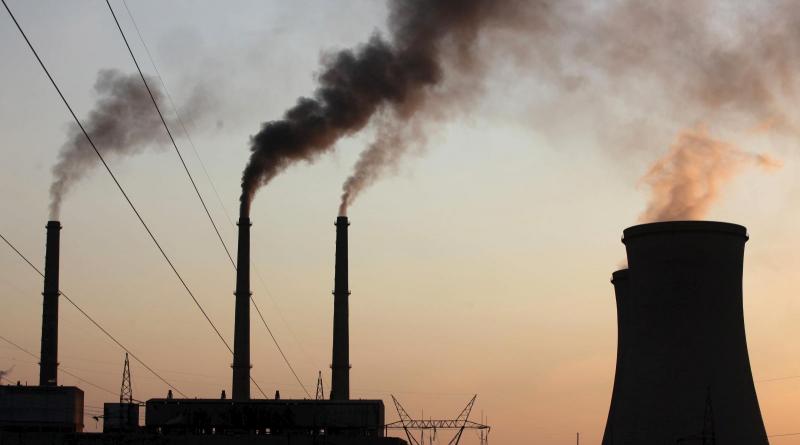A fossil fuel-powered future for Africa will come at a drastic human cost.

Over the course of the next three decades, Africa will record faster population growth than anywhere else.
The obvious implications range from the need for more industrialization—to create jobs and products—to increased congestion across several urban centers. And despite the growing availability of renewable energy sources, fossil fuels remain the dominant energy source powering African countries.
But data from new research by Harvard University and the University of Leicester suggests a future powered by fossil fuels on the continent will result in nearly 50,000 deaths per year by 2030 from power plant and vehicle emissions alone. While there are also several other causes of air pollution-related deaths, ranging from emissions from factories and processing plants to unregulated refineries, the study focused only on emissions from power plants and vehicles.
The research, published in Environmental Science and Technologyjournal, estimates current and projected emissions from both existing and proposed power plants as well vehicle usage based on expected population growth. The collated data was plugged into an open source pollution model developed at Harvard.
Projections show annual emissions of sulfur dioxide and nitrogen oxides on the continent will double by 2030, compared to 2012 levels. The data also approximates avoidable deaths “attributable to exposure to future fossil fuel use” will reach 48,000 by 2030 with nearly half of those deaths projected to happen in South Africa, Malawi, Nigeria. Emissions from power plants were found to have mortality rates three time higher than from transport-based emissions.
Adopting renewable energy sources for power generation is often cited as a viable alternative but despite the promise of innovations like solar mini-grids, high-level skepticism in government circles remains a major barrier to wider deployment of solar solutions across the continent.
Even in countries like Kenya, which has been a leader in pushing for renewable energy, there has been a strong pull to open a new coal factory on the holiday resort island of Lamu. That plan was put on hold after activists took the government to court, which ruled against the coal plant.

Much of the current evidence also suggests fossil fuels will remain the primary energy source on the continent. In South Africa, the continent’s most advanced economy, power generation remains predominantly coal-based with already visible effects: an area in Mpumalanga, an eastern province, is the largest single area infected by the deadly nitrogen dioxide globally and is essentially the world’sdeadliest air pollution spot. The area is also home to a dozen coal-fired power stations, owned and operated by South Africa’s national power supplier Eskom.
In fact, most of the projected sulfur dioxide emissions are expected to come from future coal-fired power plants across southern Africa, central Nigeria, and along the coast of Egypt. And, as air pollution isn’t solely specific to sources of emissions, the effects will be felt elsewhere, too: as the study notes, pollution from power plants in South Africa and Botswana “travel as far as northern Angola because of winds and air circulation.”
The air pollution problem on the continent is exacerbated because most countries are simply not measuring it: a UNICEF report in June showed only seven of Africa’s 54 countries are home to “real-time air pollution monitors.” Put another way, while 72% of children in Europe and North America live within 50 kilometers of an air quality monitoring station, across Africa that number stands at just 6%.
21 November 2019
QUARTZ AFRICA




